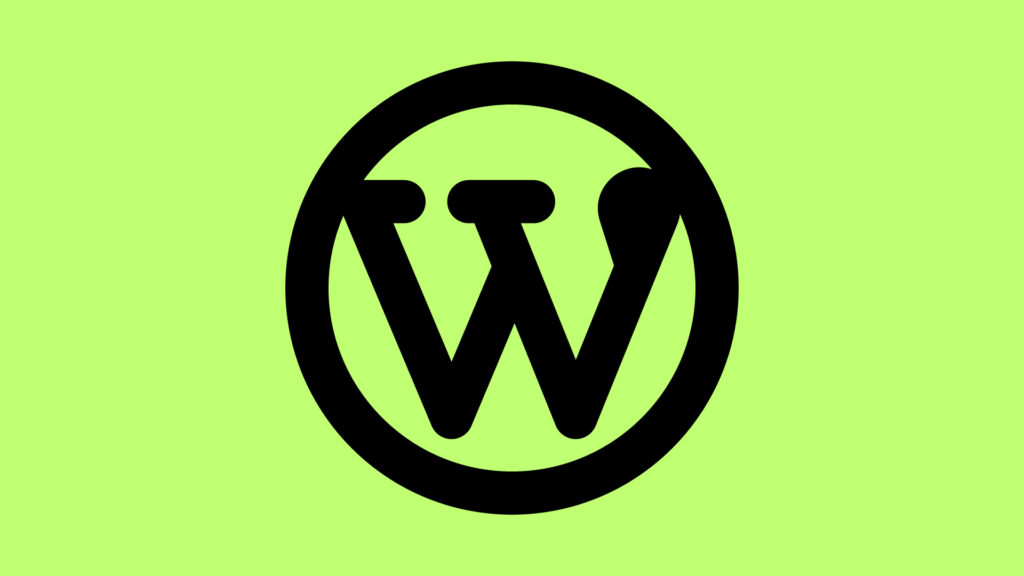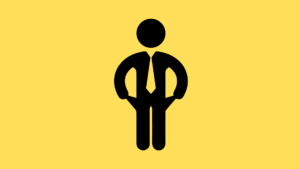WordPress recently updated their Showcase website, which includes sites and users from the WordPress community. The new Showcase site is now fully driven by WordPress’ block editor, also known as Gutenberg. This transition to blocks marks a big shift in how WordPress sites are built and presented. In this piece, we’ll take a look at what blocks are, why WordPress rebuilt Showcase with blocks, and what impact this has on the future of WordPress themes and site building.
What are Blocks in WordPress?
The block editor was first launched in WordPress 5.0 in 2018 and marked a big change from the previous post and page editor. Instead of changing everything in one long form, the block editor allows you to build pages by adding different blocks – paragraphs, pictures, titles, quotes, and more.
Blocks make it easy to build pages visually, add video, and change content. They also allow third-party developers to build custom blocks with unique features that extends WordPress.
The block editor is sometimes referred to as Gutenberg, which was the original code name during creation. The goal of Gutenberg was to improve the editing experience in WordPress by copying more current site builders and content management systems.
Why Did WordPress Rebuild Showcase with Blocks?
By relaunching their Showcase site with blocks, WordPress showed their commitment to blocks as the future of WordPress themes and page building.
Showcase has generally been a place for WordPress to show the best of the WordPress ecosystem. By rebuilding the site fully with blocks, they are showing that blocks can power modern, beautiful websites.
Some key reasons WordPress likely chose to restart Showcase with the block editor:
- Demonstrate the freedom of blocks – Showcase uses a number of different blocks like columns, buttons, hero pictures, and quotes to build visual layouts.
- Inspire others to use blocks – Showcase will push other developers and site builders to accept blocks for making WordPress sites.
- Test Gutenberg development – Rebuilding a difficult site helped further improve blocks and the editing experience.
- Promote Gutenberg to users – Showcase shows more casual WordPress users to blocks and their perks.
- Keep pace with web design – Blocks help WordPress sites to achieve current web designs and styles.
By relaunching Showcase with blocks, WordPress is doubling down on the future of blocks and pushing others to do the same.
Key Benefits of Building Websites with Blocks
There are a few key reasons why blocks mirror the future of WordPress themes and site building:
1. Improved Editing Experience
The block way of putting material into defined sections improves the editing experience, especially for less technical users. Instead of tackling one long and possibly confusing page, blocks break it down into more manageable chunks.
Adding and arranging content like pictures and movies is also easy with blocks. The editing is more easy for users familiar with popular online site builders.
2. Better Performance
By focusing on blocks, WordPress can improve speed by only getting the necessary files for each block that is used on the page. This means faster load times compared to normal WordPress setups that would load the full theme’s code.
As blocks get better adjusted, they will have a leaner size for faster running websites.
3. Customization and Consistency
Blocks make it easy to customize different areas of a website while having a consistent design. For example, a testimonials block can be customized with different colors or designs than a pricing block while keeping the general style similar.

This gives greater design freedom while also giving brands the ability to keep key elements like headers, footers, and picture styles on-brand across the site.
4. Developer Friendly
For developers and companies making WordPress sites, blocks provide a more robust structure for extending WordPress customization.
Blocks make it easy to build reusable code parts that can speed up development time. There are also possibilities for monetization by releasing commercial block plugins.
5. Future Innovation
With blocks at the heart, WordPress is able to develop faster and adopt new web technologies more easily. Instead of working within the constraints of themes, WordPress can offer current answers through creative new blocks.
Things like custom layouts, video integration, animations, and interactive features can all be made using blocks.
By fully embracing blocks as the paradigm, WordPress is setting itself to keep pace with changes in web design and value in the years ahead.
What Impact Will Blocks Have on Themes?
With blocks ready to become the main way WordPress sites are built, what does that mean for the future of WordPress themes?
Right now most themes are built around working with WordPress’ normal post and page editor. Themes provide general site design structure and features plugins can then add on to.
With blocks becoming the main point, styles will need to change to work well with blocks. This marks a shift away from themes being made as one-size-fits all to becoming more modular and block focused.
Some possible ways themes may change:
- Layout centric – Themes will provide different layouts that blocks can snap into rather than setting site structure.
- Style focused – More focus will be put on offering design styles and component styling versus pre-designed site templates.
- Block extenders – Themes could extend blocks with known styles and settings or provide extra custom blocks.
- Work with block patterns – Block designs allow replicating reusable layouts. Themes may provide patterns or mix with them.
- Bundle block plugins – Themes may come paired with specific blocks for header, footers, etc that can then be further changed.
- Lower reliance on child themes – Child themes may not be as important if themes are less rigid and layout/style driven.
These changes suggest an evolution in the approach to themes – a move from themes as rigid systems to more flexible tools. This fits better with how blocks allow sites to be made.
Themes will still be important for giving general design direction, styles, and features. But themes and blocks will work better together in a more integrated way.
Read More:
Saas Entrepreneurs Need Funds For What?
How I Grow My Business In The Next 3 Years
Blocks and the Future of WordPress
By rebuilding their popular Showcase site with blocks, WordPress is showing that they think blocks are important to the future of WordPress.
The block method matches the direction of the wider web technology environment which has been moving towards interfaces with drag and drop components. Blocks give WordPress a flexible base to work from.
For users, blocks offer an easier and more powerful way to build websites. And for developers, blocks provide exciting chances to push WordPress forward with creative solutions.
Of course moving fully to blocks will take time and won’t happen overnight. But by fully adopting blocks, the world’s most popular CMS is positioning itself for the future in a big way.
The new Showcase site is just the beginning. As blocks continue to improve, we’ll keep seeing more original and stunning websites driven by the block editor. The shift to blocks marks the natural evolution of WordPress, allowing it to keep the flexibility and extensibility that has made it so popular for over 15 years.


